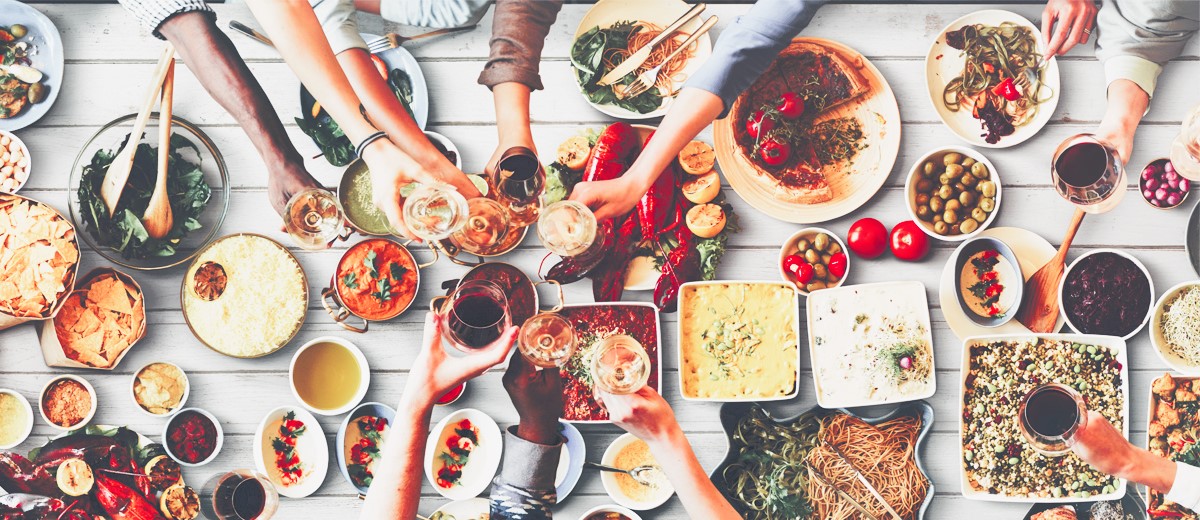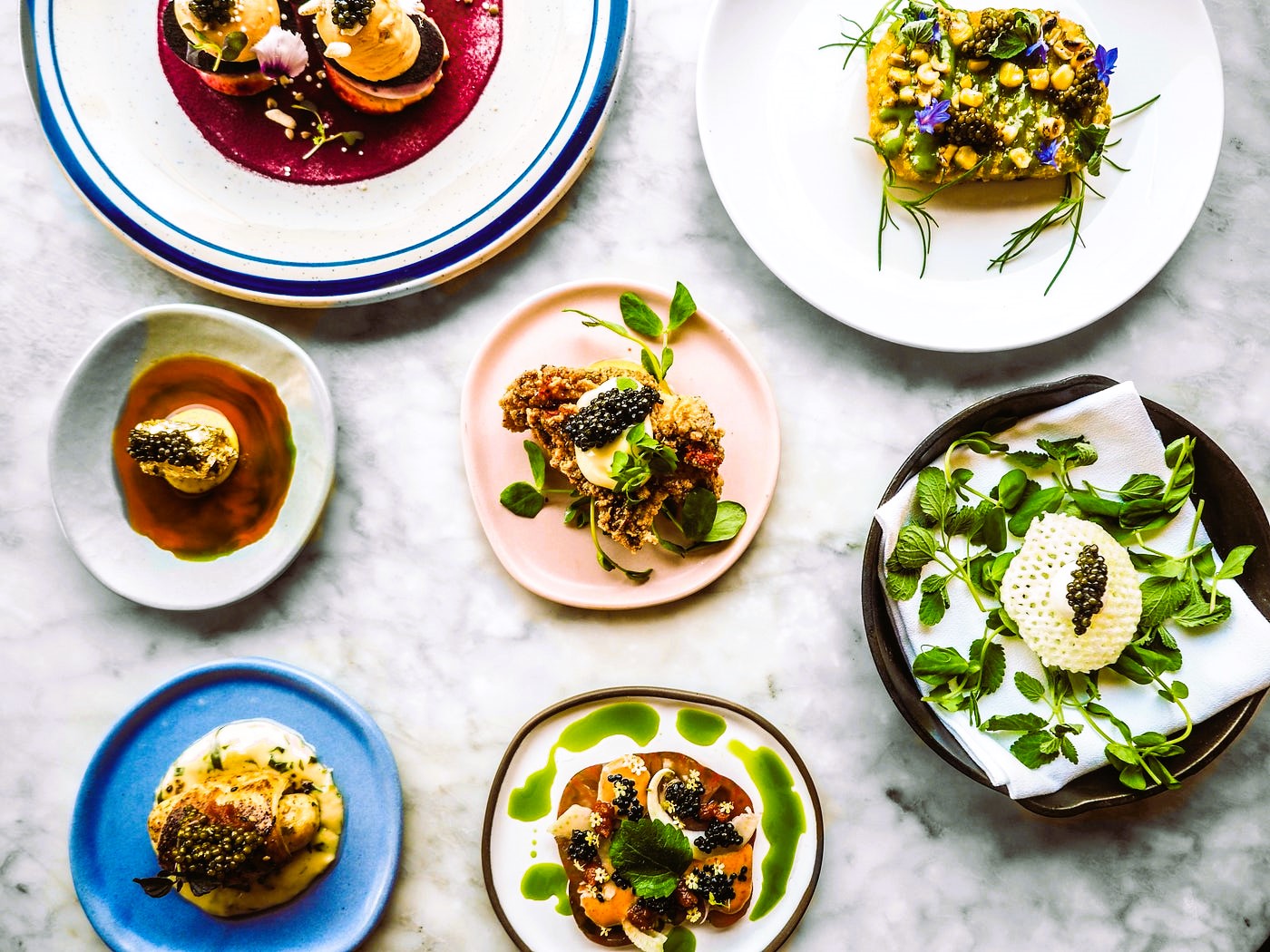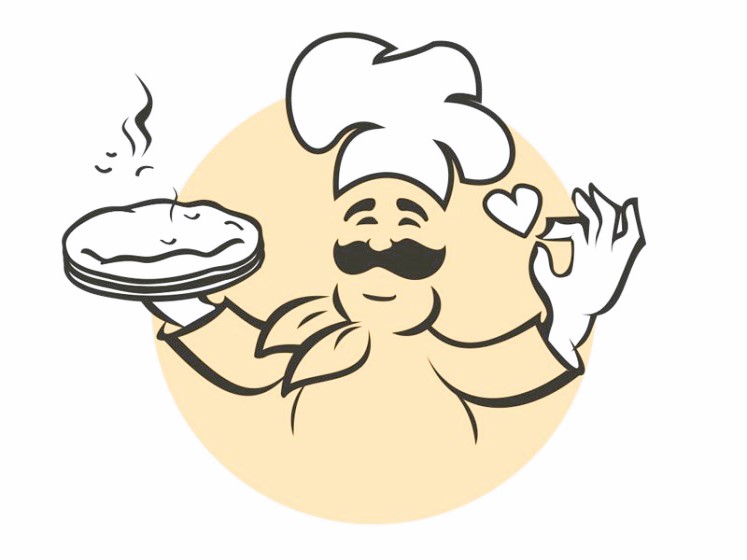Indulging in a delectable dessert is one of life’s simple pleasures. From velvety chocolate cakes to creamy custards and flaky pastries, desserts have a way of satisfying our sweet cravings and lifting our spirits. But have you ever wondered about the origins of these delightful treats? Join us on a journey through the history of some of the most decadent desserts that have captured our hearts and taste buds, and learn about the cultural influences that shaped their creation.
- Tiramisu: An Italian Delight
Tiramisu, meaning “pick me up” in Italian, is a beloved dessert that hails from the northern regions of Italy. It is believed to have been created in the 1960s or 1970s, but its exact origin is a subject of debate among Italian chefs and regions.
The classic version of tiramisu consists of layers of coffee-soaked ladyfingers, creamy mascarpone cheese, and a dusting of cocoa powder on top. The rich flavors and contrasting textures have made it a favorite dessert in Italian restaurants worldwide.
- Baklava: A Middle Eastern Treasure
Baklava is a sweet pastry that traces its roots back to the ancient Middle East. Its exact origin is a matter of contention, with various countries in the region claiming to be the birthplace of this iconic dessert.
The delicate layers of phyllo dough filled with chopped nuts and sweetened with honey or syrup create a harmonious blend of crispy and chewy textures. Baklava’s popularity has spread across the globe, and it remains a staple dessert in Middle Eastern cuisine.
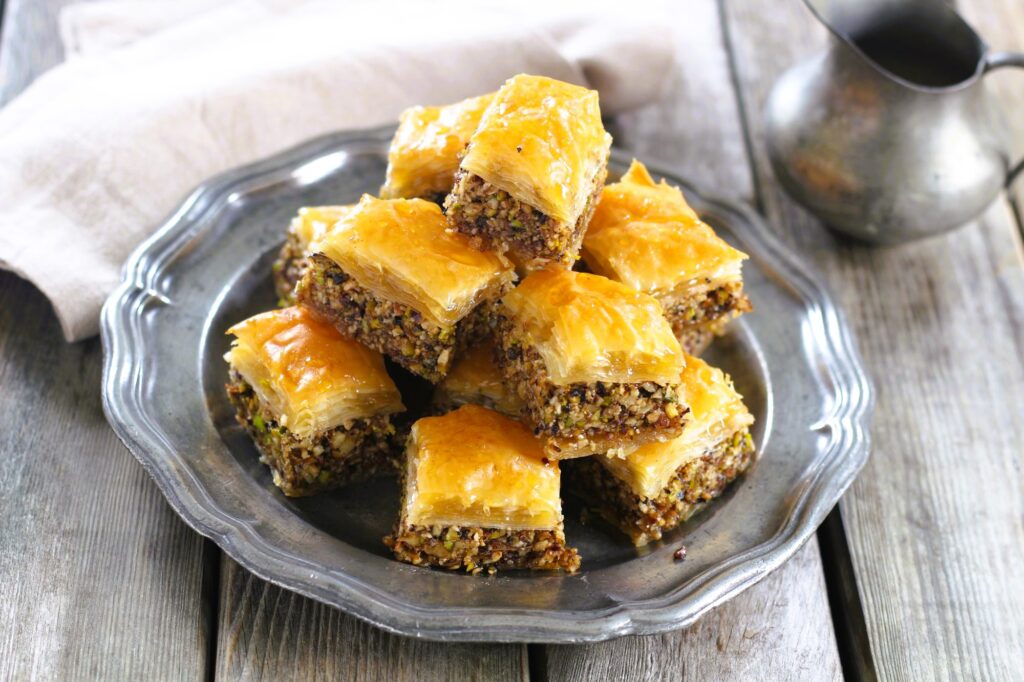
- Chocolate Fondue: Swiss Indulgence
Chocolate fondue is a delightful Swiss creation that gained popularity in the 1960s. The Swiss were early adopters of chocolate as a luxurious treat, and fondue was a creative way to enjoy it.
The dessert consists of melted chocolate, usually combined with cream or milk, served in a communal pot, and accompanied by an assortment of dippable treats like fruits, marshmallows, and cake. It is a fun and interactive dessert experience that brings people together. Liked the article? Read also about Canadian Seasonal Delights.
- Apple Pie: An American Classic
Apple pie is an iconic American dessert with a history dating back to the early European settlers in North America. The colonists brought their culinary traditions, including pie-making, and adapted them to the native ingredients available.
The classic American apple pie is made with a flaky crust filled with sliced apples, sugar, spices, and sometimes a touch of lemon. It has become a symbol of American culture and is often associated with warm family gatherings and holidays.
- Mochi: Japanese Sweet Sensation
Mochi is a traditional Japanese dessert made from glutinous rice flour, also known as sticky rice or sweet rice. The preparation involves pounding the rice into a smooth, chewy texture, which is then shaped into various forms.
In Japan, mochi is used in a variety of sweet and savory dishes. One popular sweet variation is filled with sweet red bean paste, creating a delightful combination of textures and flavors.
- Éclair: A French Delight
Éclair, meaning “lightning” in French, is a pastry that earned its name due to the speed at which it disappears when served. It is believed to have originated in France in the early 19th century.
Éclairs are made from choux pastry, which puffs up during baking, creating a hollow center. The pastry is typically filled with flavored cream, such as chocolate, coffee, or vanilla, and then topped with icing or glaze.
The Role of Standards in Dessert Creation
As the popularity of desserts grew, the need for quality standards became apparent. In Canada, the Canadian Food Inspection Agency (CFIA) is responsible for regulating food safety, including desserts, and setting standards to ensure the quality and safety of food products. The CFIA collaborates with the food industry to uphold rigorous standards, protecting consumers and ensuring the integrity of Canadian desserts.
Preserving Culinary Heritage and Biodiversity
The Invasive Species Council of British Columbia (ISCBC) is dedicated to preserving the balance of ecosystems by raising awareness about invasive species that can impact local flora and fauna. Invasive species can affect native ingredients used in traditional desserts, emphasizing the importance of conservation efforts.
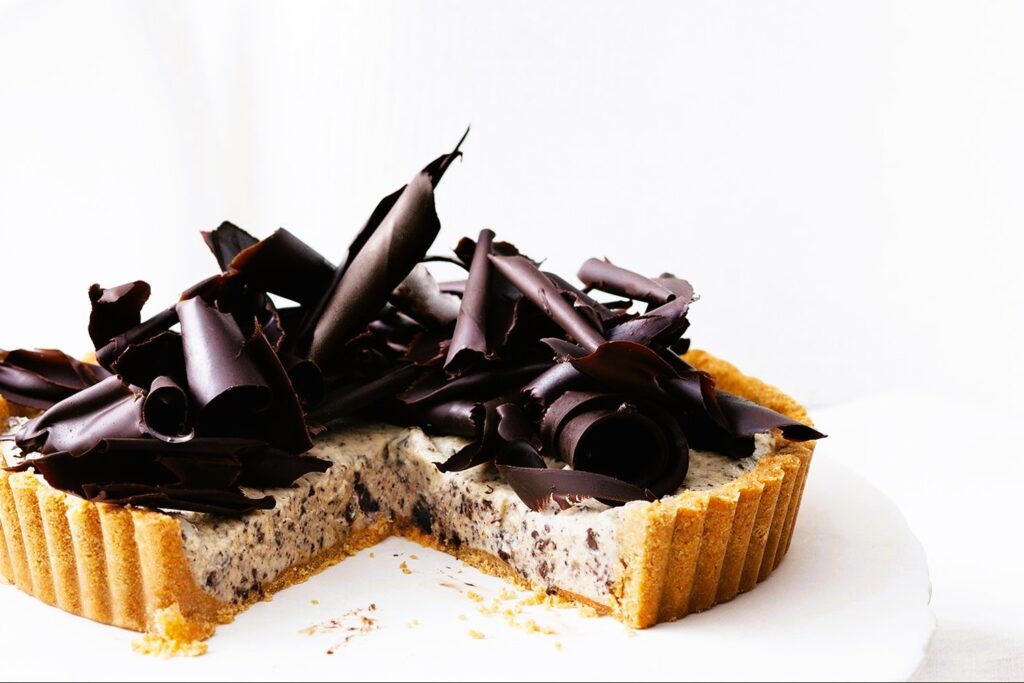
Innovations and Modern Twists
While traditional desserts hold a special place in our hearts, the world of dessert-making is constantly evolving. Talented pastry chefs and home bakers alike are constantly innovating, creating modern twists on classic desserts and introducing new and exciting flavor combinations.
From ice cream sandwiches made with macarons to avant-garde molecular gastronomy desserts, the art of dessert-making continues to captivate our imagination and taste buds.
A World of Sweet Delights
Desserts are more than just sweet treats; they are a reflection of cultural heritage, culinary creativity, and the joy of sharing something delightful with others. As we savor these decadent creations, let us appreciate the history, craftsmanship, and cultural diversity that enrich the world of desserts.
Whether you’re sipping coffee alongside a slice of tiramisu in an Italian café or savoring the flaky layers of baklava in a Middle Eastern restaurant, each dessert tells a story—a story of tradition, innovation, and the unending pursuit of the perfect sweet treat.
So, the next time you indulge in a mouthwatering dessert, take a moment to savor not just the flavors but the rich heritage and creativity that make each bite a truly unforgettable experience.
References:


